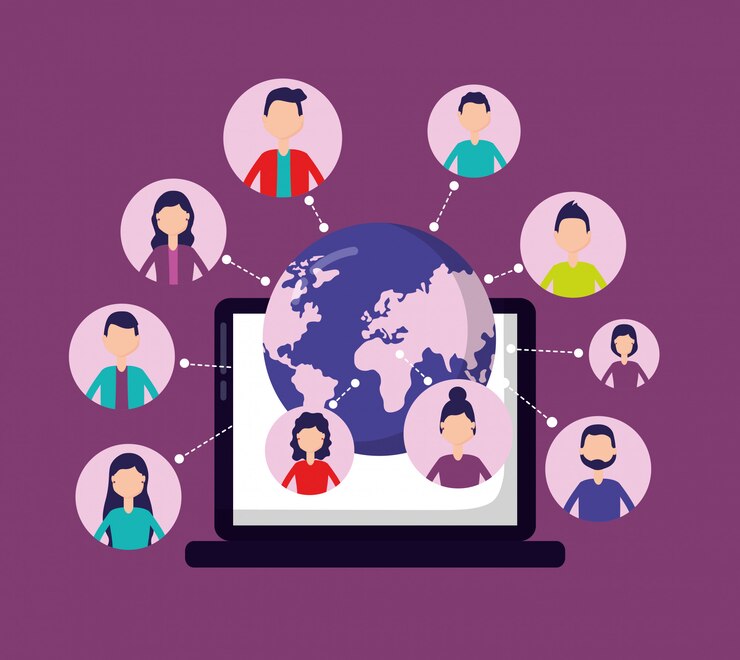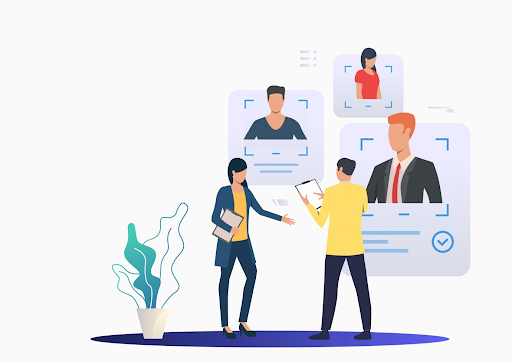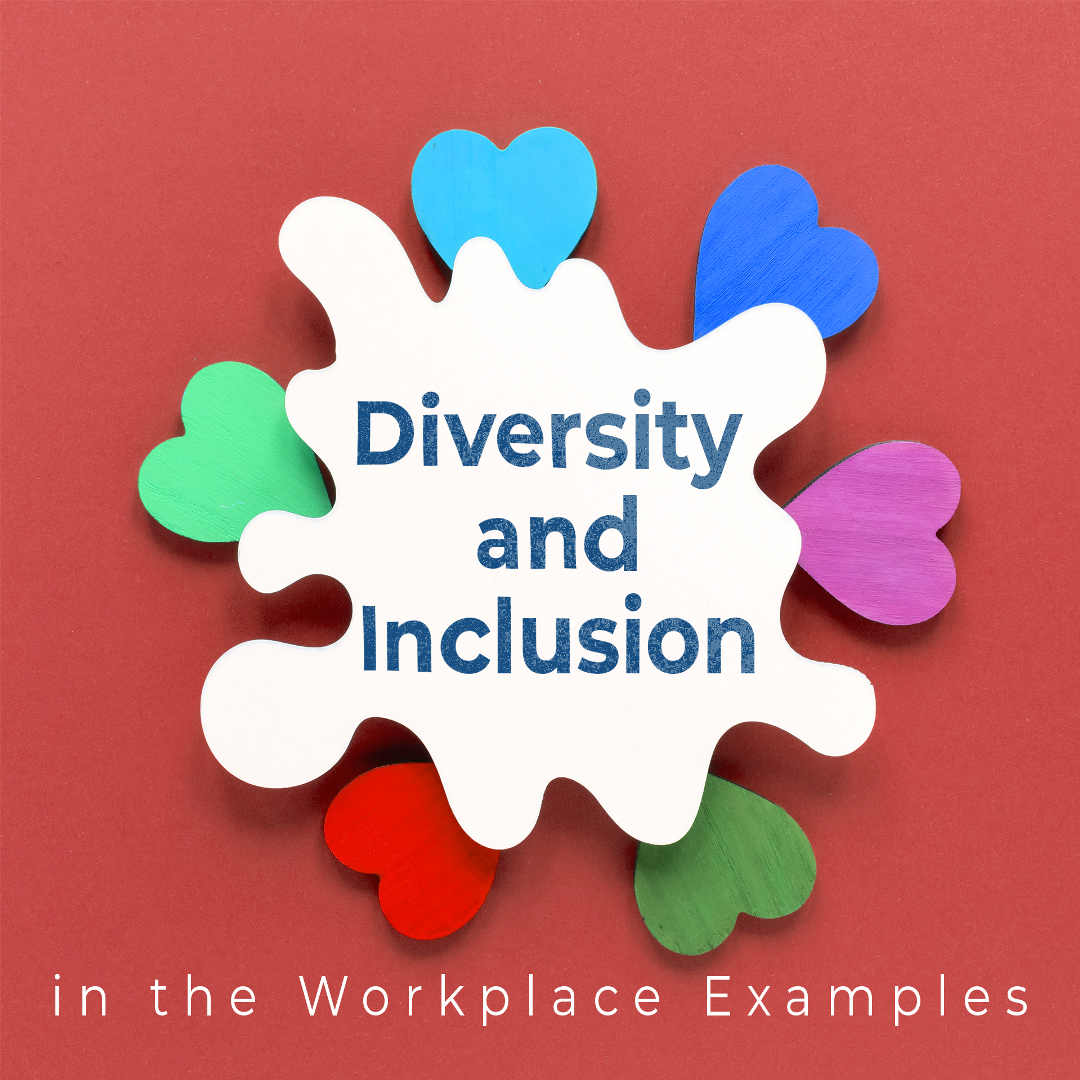Overview:
- Diversity and inclusion are values that rely on equality of people regardless of their backgrounds.
- In the contemporary workplace, D&I initiatives are actively taken to create a happy environment.
- Some successful D&I examples show that with correct steps, it can be achieved.
In contemporary society, diversity and inclusion (D&I) in any institution is a topic for discussion. From colleges to offices, the staff holds and attends sessions about the importance of D&I for everyone. Through various diversity and inclusion in the workplace examples, we can learn and take up our own initiatives. Moreover, these examples illustrate how to conduct diversity and inclusion training in the workplace.
What is Diversity and Inclusion?
Diversity and Inclusion (D&I) are values that rely on the equality of people. Not discriminating against them on the basis of their background, color, sex, or ethnicity. It’s about creating a healthy space for everyone to discuss their problems and seek help. Everyone in that space is open for discussion and finding solutions to satisfy all the employees.

For decades, we have seen people get unwarranted advantages because they belong to a particular group. Diversity and inclusion believe in giving everyone equal opportunities and promoting healthy competition. This leads to the growth of both employees and the organization, as everyone learns from each other.
Steps To Create a Diverse and Inclusive Workplace – Examples
Over the years, companies have seen that a diverse and inclusive environment creates a happy workplace and leads to growth. This is because everyone is comfortable working together without negativity, which results in higher productivity. Therefore, the HR of different companies is now taking conscious initiatives to promote diversity and inclusion. They are going through inclusive leadership training to facilitate steps that will make this progress faster.
Create a Buddy System
A buddy in a company is someone who makes a new intern or employee thorough with the organization. This works better than solely HR going through the process, as the buddy can explain the procedure through his experience. This creates an inclusive environment as we pair employees with different backgrounds together and also creates a friendly relationship.
A popular way for diverse people to connect is through Employee Resource Groups (ERGs). These groups provide a platform for employees to connect, share experiences, and contribute to the company’s D&I initiatives.
Conduct Bi-Monthly Meetings
This is a step taken by companies to examine the progress made within an organization twice or more a month. However, this is another way to involve everyone in a company and allow them to interact. Some time during the meetings can be spent playing games wherein employees can communicate in teams.

Take and Work Upon Feedback
How to be an inclusive leader is also a learning process. It is essential to get feedback from your employees. This helps you know if the initiatives you have been taking are making a positive impact. You will know what to continue, start, or stop through these suggestions. Therefore, regular inclusive leadership assessment ensures improvement and growth in any company.
Anonymous Hiring
Many companies take on anonymous hiring, whereby they don’t ask questions that will reveal the candidates’ backgrounds until the interview. This ensures they get to know a person’s experience without bias.
Otherwise, to maintain inclusive hiring practices, have a diverse panel with people from different backgrounds. Partner with organizations that represent underrepresented groups to recruit talent that suits your company.

Diversity and Inclusion in the Workplace Examples
Nowadays, companies are actively participating in making a diverse and inclusive workforce. They implement steps for a diverse and inclusive workforce and analyze the results. Salesforce is an excellent example of how D&I leads to successful growth. Marc Benioff, CEO of Salesforce, is vocal about pay disparities between genders and has taken company-wise steps to resolve them.
They also conduct and participate in outreach programs to undertake diverse hiring practices. They support ERGs for women, LGBTQ+ employees, veterans, and people of color. They understand that D&I is a learning process. Their employees undergo regular training on unconscious bias, cultural competency, and inclusive leadership.
The best part is that they are transparent about their results. They constantly publish their D&I metrics and find ways to improve. This has resulted in a happy environment and increased stakeholders’ and other partners’ trust in Salesforce.
IBM is another excellent example of promoting D&I. For centuries, they have advocated equal opportunities. In the 1950s, CEO Thomas J. Watson Jr. explicitly stated that hiring, compensation, and advancement would be based on merit. There will be no discrimination on the basis of race, color, or creed. It was during a time when no one else was doing it.
This started a series of policies that became the leading light for many other companies. From inclusive culture through ERGs to creating a global impact, IBM believed in equal opportunities.
The company launched its Women’s Leadership Council and has consistently worked to increase the representation of women in leadership roles. IBM also supports initiatives like the P-TECH program, encouraging young women to pursue careers in STEM
Girl Power Talk
Girl Power Talk is a company that believes in building young leaders who respect and are respected despite their backgrounds. With over 200 employees from all over the globe, Girl Power Talk is a part of various D&I strategies. They believe in knowing the person and the values they hold apart from just their knowledge.
The recruitment process starts with filling in a questionnaire about the person’s strengths, weaknesses, interests, and abilities. They interact with employees from different backgrounds and departments through each interview. Every new hire gets to interact with a buddy, which helps them throughout the process. They also communicate with people from different countries and learn more about their cultures.
Working with Girl Power Talk means constantly learning about people and culture. Remote employees see each other through bi-monthly meetings and even play games and quizzes to bond. For the company, D&I is a value and a lifestyle each employee embodies.
Conclusion
These diversity and inclusion in the workplace examples show that D&I is not a challenge. Every company can create an environment where employees trust each other without volatility. It’s about welcoming people in an environment where everyone can communicate regardless of where they come from.
FAQs
Why is Diversity and Inclusion important?
Diversity and Inclusion are values based on providing equal opportunities to all employees irrespective of their backgrounds. It is important to build trust between employees and the organization. Not only does diversity and inclusion improve the well-being of the employees, but in turn leads to productivity and growth.
How can businesses include diversity and inclusion in the workplace?
The most important thing is for employees to feel heard. When they are able to share their opinions openly, leaders are able to know what the next step should be. Therefore it is essential to make every employee feel welcome, take constant feedback and apply them continuously.
Why does inclusive leadership matter?
The environment of the company depends on the policies that a leader undertakes. Hence, inclusive leadership matters as all the employees act looking at their team leads. If the leaders of the company are respectful and appreciate everyone equally, it will significantly impact the behavior of employees.


